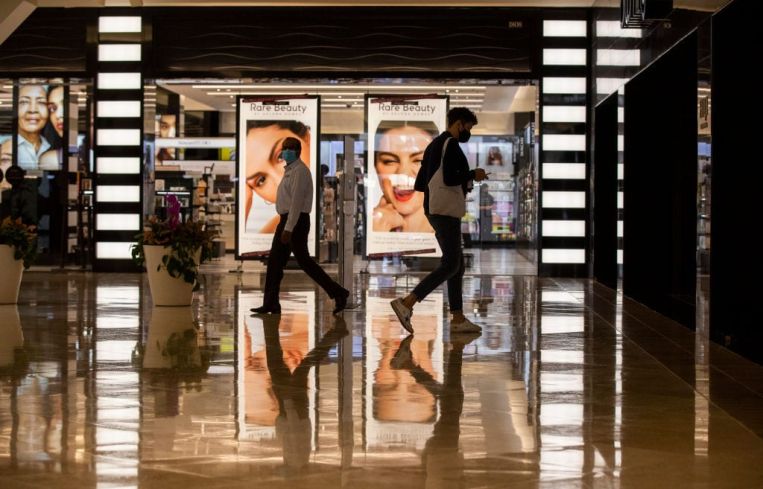Mall Owners Should Seize on the Metaverse to Boost Business Going Forward
By Jeremy Bergstein July 29, 2022 2:39 pm
reprints
As you may have heard, shopping malls have not been doing so well. E-commerce went into overdrive early in the pandemic. More recently, another more abstract threat has emerged in the form of the metaverse, a virtual setting that, theoretically, could allow shoppers to enjoy the traditional mall “experience” without leaving home.
What many mall owners may not yet realize, however, is that the rise of the metaverse does not represent the final note in the death knell of malls, but the beginning of their successful rebirth. In fact, if they hope to survive in this new, increasingly digitized world, every mall will need a metaverse all its own.
Often maligned, exhaustively overused, and largely misunderstood, our current imagery of the metaverse is of a virtual setting complete with awkward avatars that have not overly excited many people. Because of this, mall owners and managers will need to begin altering their most basic understanding of the term to fully embrace a property-
specific metaverse.

Within the real estate industry, the foundation of a metaverse has its roots in digital twin technology, which digitally scans an environment. Where the scan ends, the magic of a metaverse can begin.
Once a digital foundation is built, software processes this massive amount of information and creates a highly accurate digital model that can launch a huge variety of business-ready applications digitally layered on top of the building. The future of malls — and physical retail more broadly — lies in this opportunity to create immersive programming that merges the familiar built world with a new and seemingly limitless digital realm, creating an entirely new consumer experience in the process.
The implementation of a more digitized mall environment will be the key differentiator between malls that flourish and those that do not. For consumers, this infusion of digital experiences will create a new world of efficiency and entertainment — serving up personalized promotions, rewards, couponing and the occasional NFT. Going even further, these platforms will allow consumers to weave more complex programming into their physical spaces by participating in Pokemon Go-style games controlled by a retailer or the mall operator themselves. Customers can even be guided to their lost car in a crowded parking garage.
While the mall experience will look different, the need for a common space where consumers can cultivate a sense of community remains a cultural constant. Unifying digital space with its physical counterpart will modernize this experience without losing the heart of those origins.
What’s more, the metaverse holds tremendous promise for mall owners seeking to capitalize on a digital trend they missed out on decades ago when e-commerce eroded foot traffic and it became harder to track sales, which were often made online but attributed to stores. The digital layer extends beyond the introduction of new amenities and features. It can attract and retain the attention of consumers who have never had more shopping and entertainment options.
Malls have lacked both efficiency and excitement in the recent past, drying up relevancy and foot traffic. Creating a mixed-use metaverse embedded inside a mall draws customers who seek a real-world experience, but with enhancements that create the efficiency and immediacy they have come to enjoy in the digital realm. This gives mall owners the potential to create a world of revenue opportunities.
With this new layer in place, owners can leverage new advertising, media and experiential platforms from both tenants and other companies, creating a future-proof business model that accounts for a wide range of shopper preferences.
Many mall owners are no stranger to adapting to the fast-shifting tides of consumer preference by diversifying their offerings beyond shopping to include what one might find in an amusement park, entertainment megaplex or the main drag of a hip neighborhood that is filled with local boutiques and eateries. Their efforts have included indoor snow hills, high-end food halls and a revolving door of pop-up shops to fill vacant space.
Malls have always been at the forefront of innovation and community. It’s time to forge a new chapter in which we reinvent and rethink the experience of malls, adding new digital layers, services, and the Metaverse of the Mall.
Jeremy Bergstein is head of global experience at Resonai, a software development company focused on augmented and mixed-reality user experiences.


